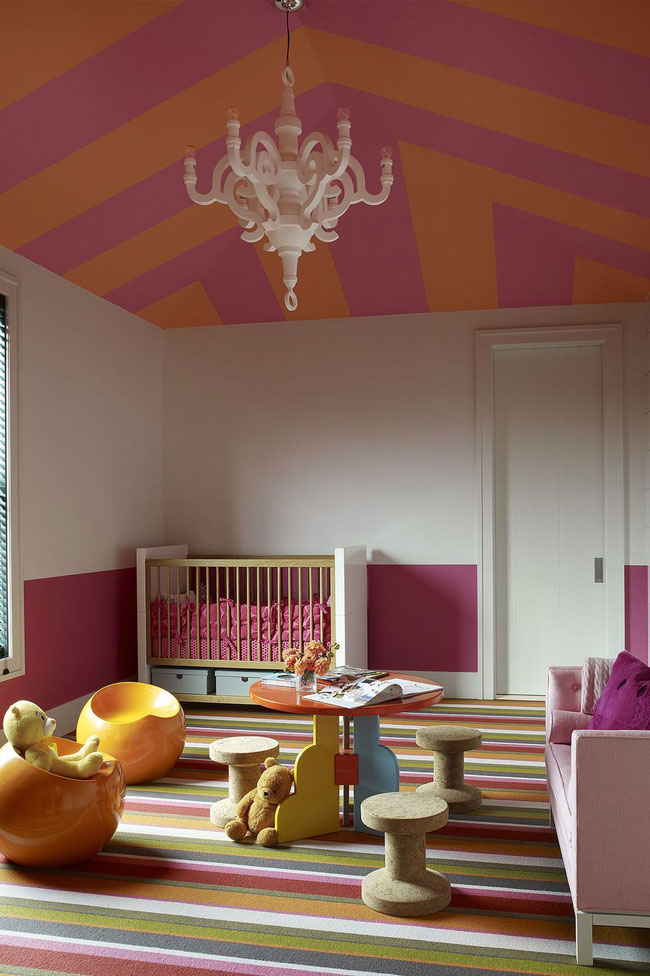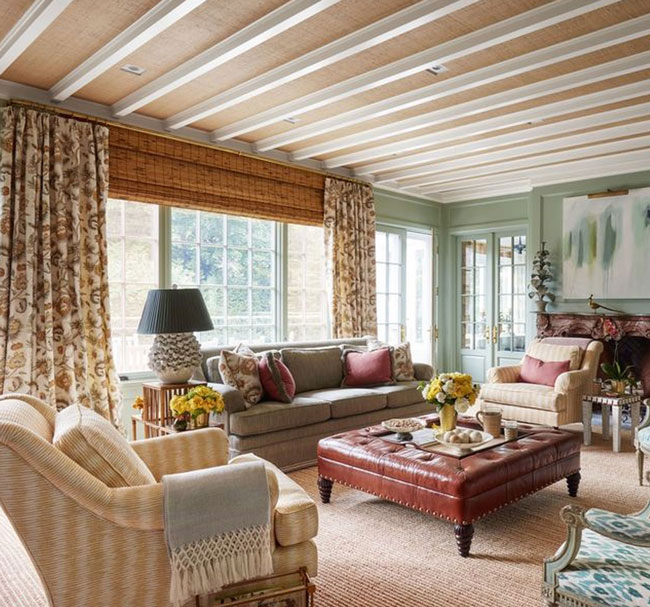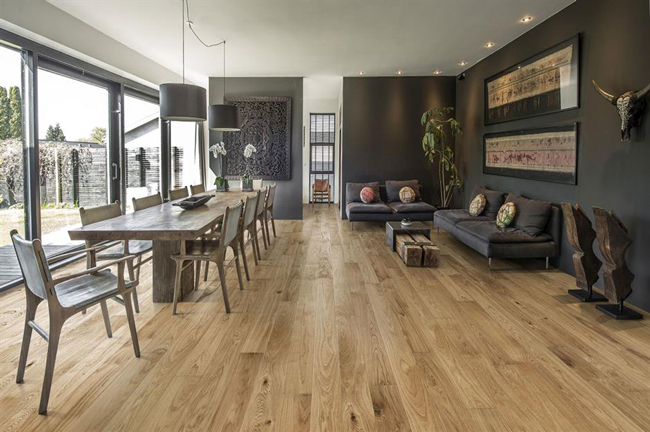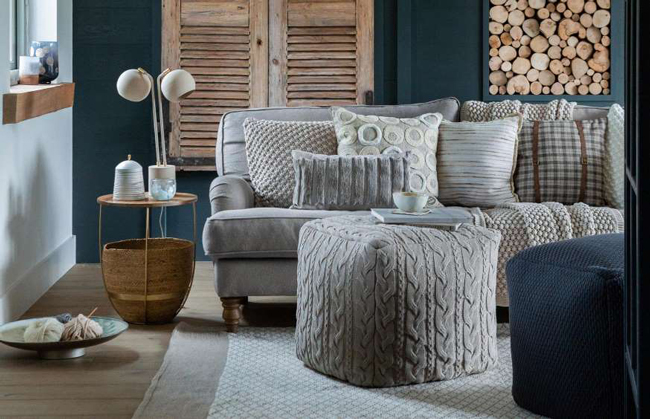

Dear Debbie;
Is it worth the trouble to paint a ceiling? My partner thinks it will look great and I am afraid it will pull the ceiling lower. Help.
— Franklin
Dear Franklin;
For those who find decorating a challenge, it’s only fair to let ceilings be white, no discussion required, it works with everything. And this is true. But if you are going to ramp up your enthusiasm enough to pick wall colours, there is fun to be had by looking up and visualizing a variation of what is a safe and rather bland choice for the ceiling. Think of the ceiling as the fifth wall in your room and discover what a transformation some embellishment can do.
Paint in some character
No need to jump into the deep end right away. Start in the bedroom. If you have decided on blue for the walls, a favourite shade that is reminiscent of sky and sea, peaceful and calm, for the ceiling, choose a pastel tint of that blue. The bedroom is now an aerie, a nest sitting high above the daily bustle. By including the ceiling in your colour design you make a room feeling more intimate. Try it in a den or dining room when you are looking for a cozy, comfortable atmosphere.
In a child’s room, dare to be more inventive. The nursery shown here features a striking combination of colours. Rhododendron and Peachy Keen, both from Benjamin Moore, are saturated shades that are full of life. The white upper walls cool down the effect, and although there is plenty of pattern in the striped carpet and oversized chevron-like ceiling design, the room doesn’t overwhelm. It’s playful. Painting a design like this on a ceiling takes preparation. Measure and draw a sample on paper. Colour in your sample and use this as a template for the ceiling. Then mark off the sections on a primed ceiling with pencil and use painter’s tape to map out one colour. Paint one colour, remove tape and let dry. Tape again on the other side of the pencil lines to keep a clean edge when applying the second colour.
Beams and wallpaper
There are many more options for changing the appearance of a ceiling. Build in architectural detail and dimension by adding beams, battens, latticework, moldings or medallions. In older homes that boast high ceilings, these additions elevate the room’s style. It’s one more surface upon which to show off colour and design. In lofts and contemporary open space designs, beams contribute movement to an otherwise large flat surface. Beams can take on many faces, from rustic weathered wood to metallic finishes or covered in a sleek coat of glossy white paint. The space between the beams can be left in its natural state or painted a complementary colour. Why not use wallpaper such as grass cloth as an interesting contrast? Here, a welcoming living room is filled with natural materials – fabric designs and window shades, Benjamin Moore’s Pleasant Valley paint and grass cloth between the white ceiling beams bring the outside in no matter what the season.
A decorated ceiling can accentuate the atmosphere you are planning. For a farmhouse kitchen or a period-style den look for pressed metal ceiling tiles. They can cover up ceiling flaws but do so much more. Metal panels are stamped in an embossing machine, then attached to plywood or a composite base. Choose a stainless steel or bronze finish, or paint.
Now that you are looking up, what are you going to try on your ceiling? Let me know; I love to hear from our readers.




